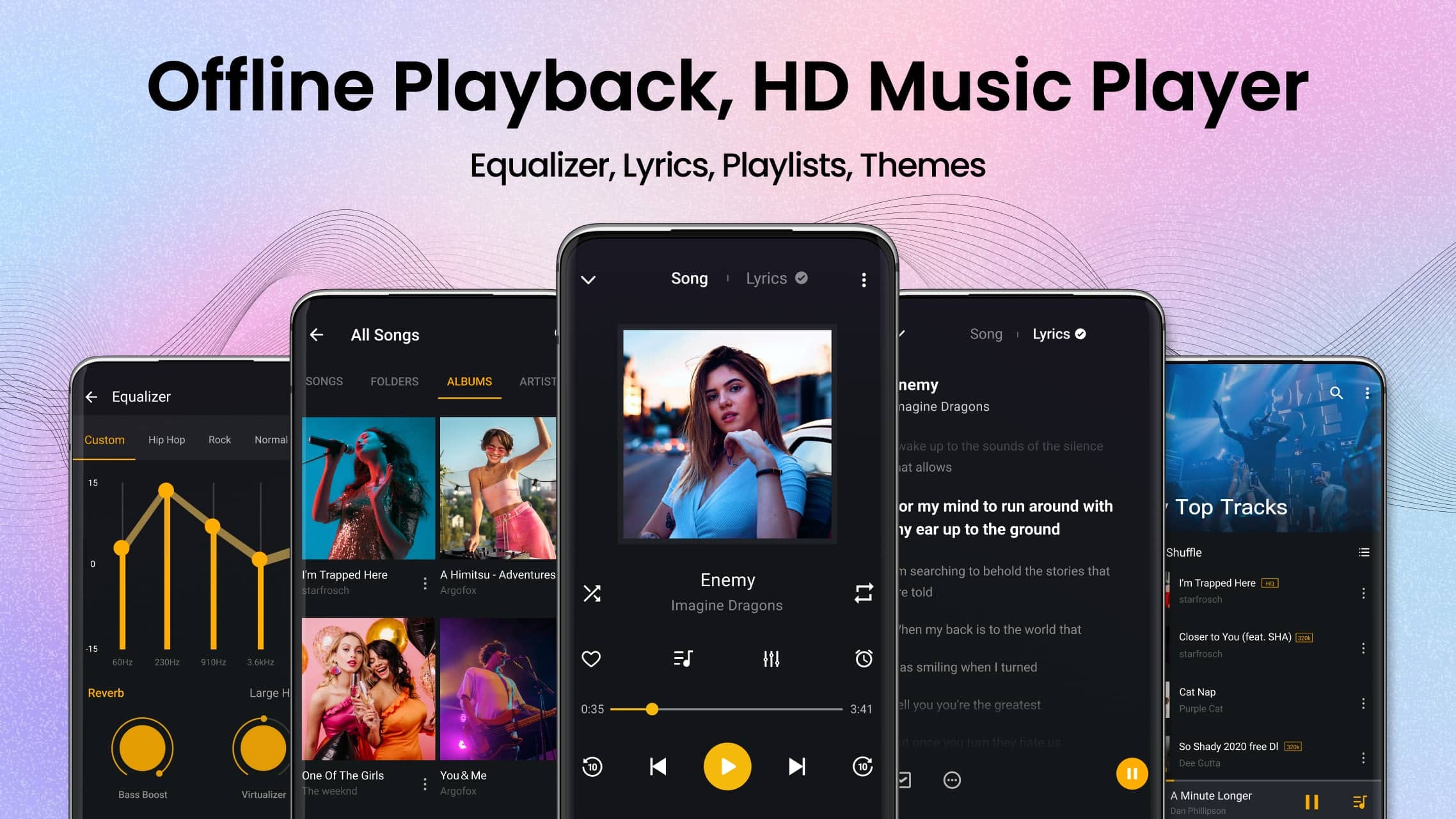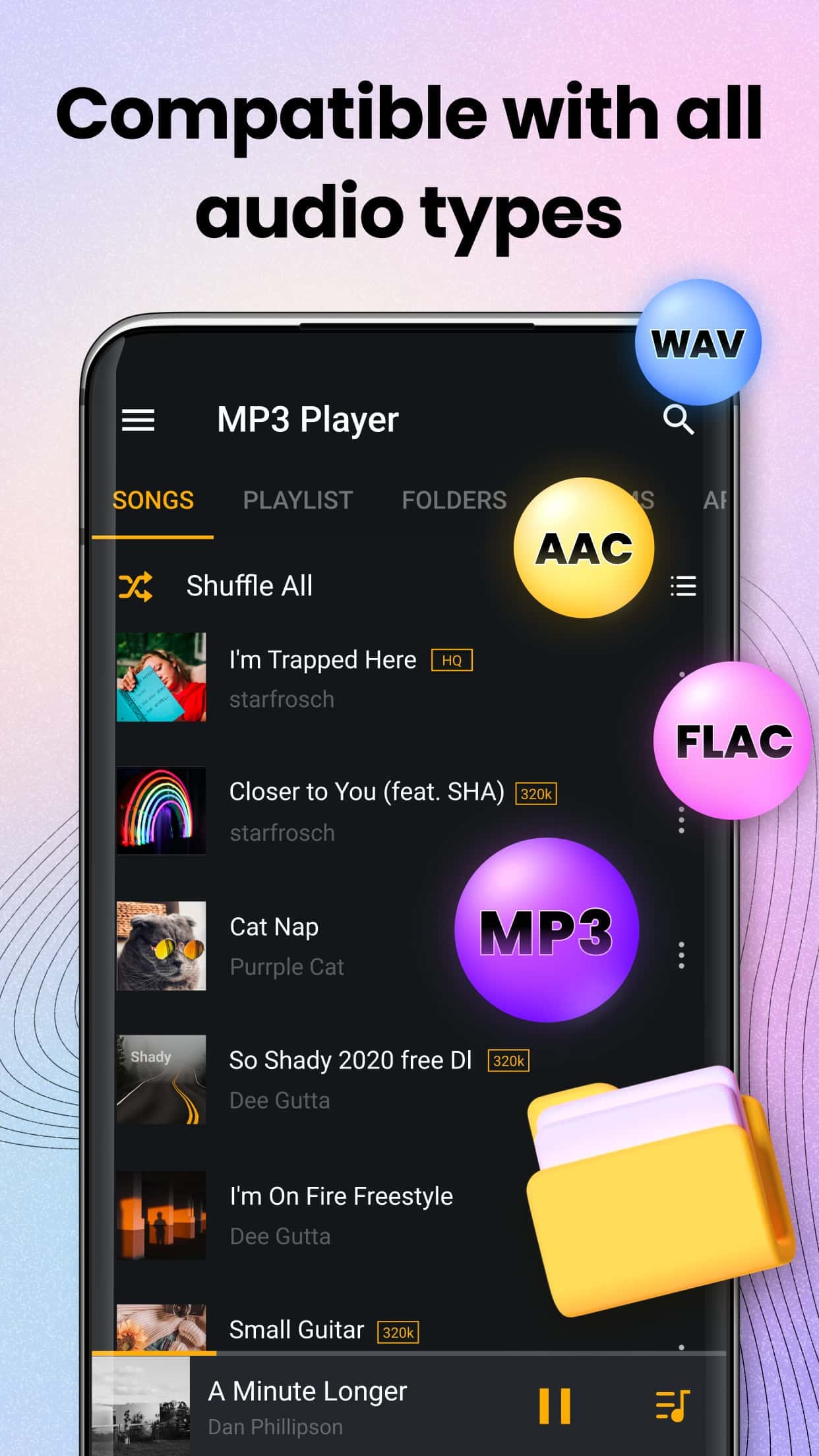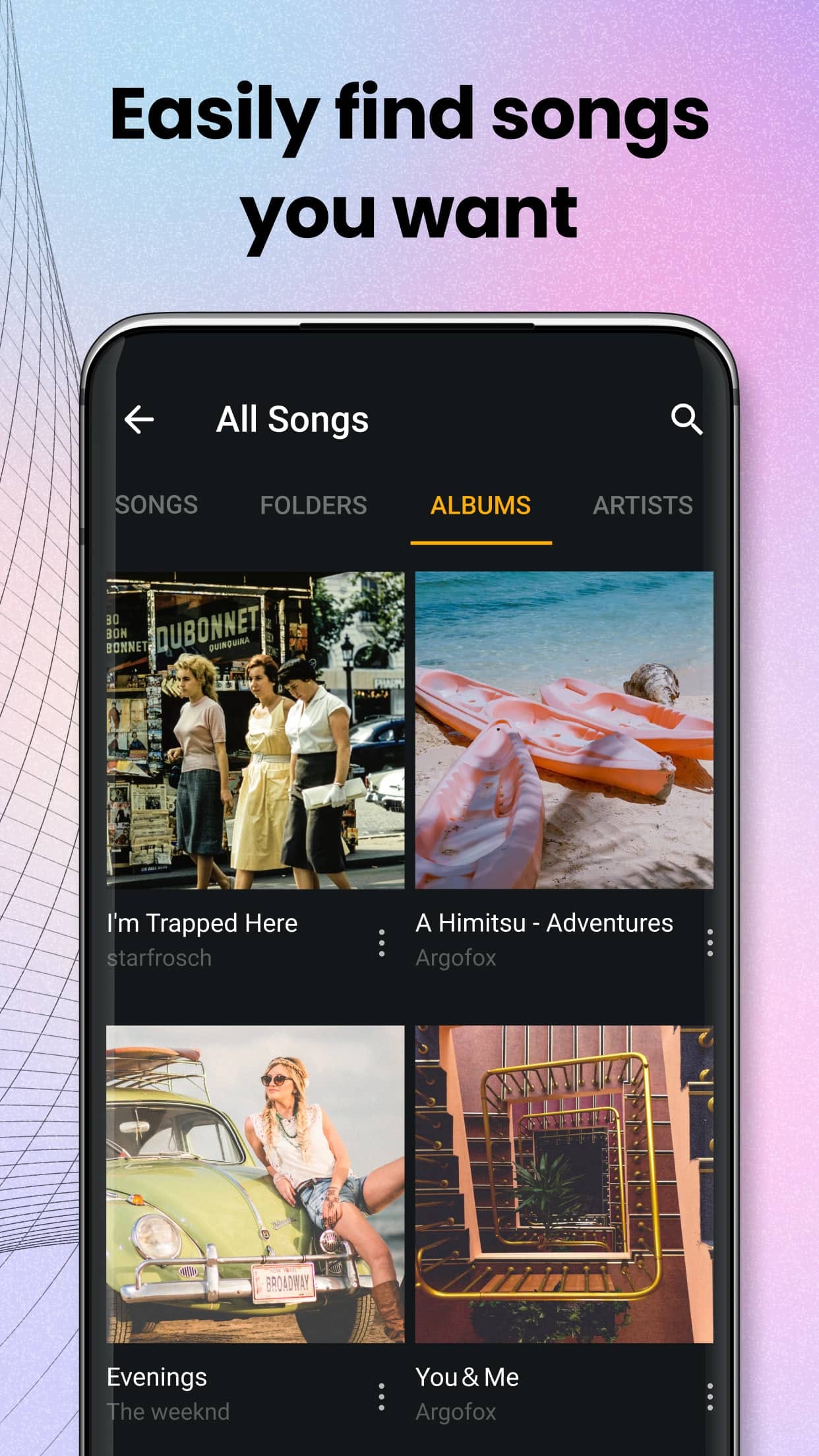Decoding Audio Quality: From Bitrate to Listening Experience
Audio quality is a crucial aspect of any music player app. It refers to the accuracy and clarity with which the app reproduces sound. Understanding bitrate, sample rate, and codecs is key to appreciating audio quality. For example, a higher bitrate (measured in kbps) generally means more data is used to represent the sound, leading to a richer and more detailed listening experience. Think of it like a digital photograph: more pixels mean a sharper image. Similarly, higher audio bitrates result in a more faithful reproduction of the original sound.
Real-world application: Imagine listening to a classical music piece. A high-quality audio file will allow you to distinguish individual instruments and their subtle nuances. Conversely, a low-quality file may sound muddy, with instruments blending together.
Mastering Library Management: Organizing Your Sonic World
Effective library management is essential for navigating large music collections. A good music player app should offer robust search functionality, allowing users to quickly find specific songs, artists, or albums. Metadata editing enables users to correct or add information such as track titles, artist names, and album art. The ability to create playlists is also vital, letting users curate music for different moods or activities.
- Practical Example: Creating a playlist for a workout routine. A well-organized library allows you to quickly add upbeat tracks to keep you motivated.
- Learning Connection: This skill is transferable to other areas, like organizing digital files on a computer.
Understanding Playback Controls: Your Conductor's Baton
Playback controls offer the user direct manipulation over the listening experience. Basic controls include play/pause, skip forward/backward, and volume adjustment. Shuffle and repeat functions add variety and convenience. More advanced features like crossfade (smoothly transitioning between songs) and volume normalization (maintaining a consistent volume level across tracks) enhance the listening experience.
Advantages of Good Playback Controls
- Enhanced listening experience
- Greater control over music
- Personalized sound
Disadvantages of Poor Playback Controls
- Frustrating user experience
- Inability to personalize listening
- Inconsistent sound
The Art of Interface Design: Navigation and User Experience
A well-designed interface makes a music player app intuitive and enjoyable to use. Clear navigation is essential for finding desired features and content. Queue management allows users to easily view and modify the order of songs. Background play ensures that music continues even when the app is minimized. Lock screen controls provide quick access to playback functions without unlocking the device.
Delving into Audio Tools: Beyond Basic Playback
Some music player apps offer audio tools that go beyond basic playback. Sound effects like equalizers and reverb allow users to customize the sound to their liking. Audio editors enable users to trim or modify audio files. Recording features allow users to capture audio directly within the app. While not always present, these features add versatility and appeal to audiophiles and music creators.
Technical Performance Matters: Stability, Speed, and Efficiency
Beyond features, technical performance is paramount. App size and requirements affect installation and storage space. Battery consumption influences how long users can listen to music on a single charge. Loading speed impacts the responsiveness of the app. Stability ensures that the app doesn't crash or freeze. Offline capabilities enable users to enjoy music even without an internet connection. Cache management is also crucial for optimal performance. All these elements combine to deliver a seamless user experience.




